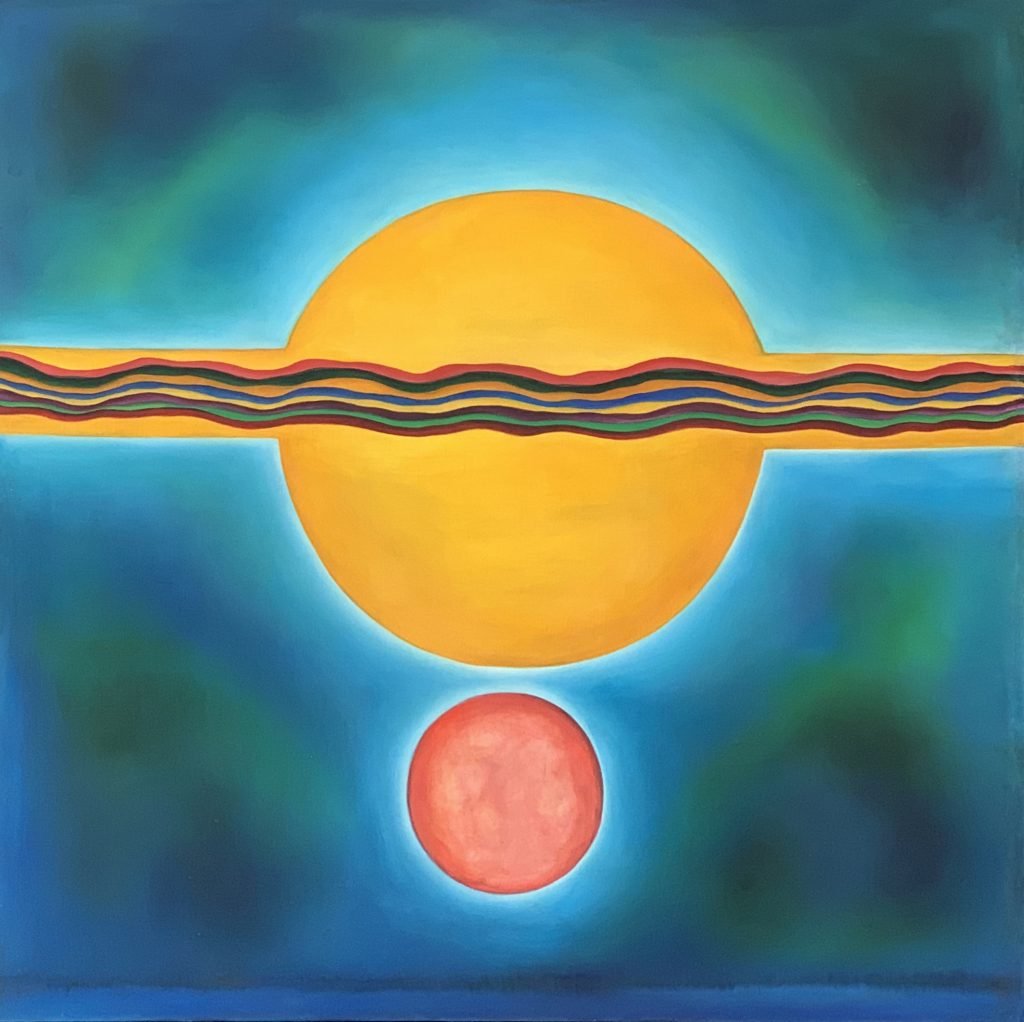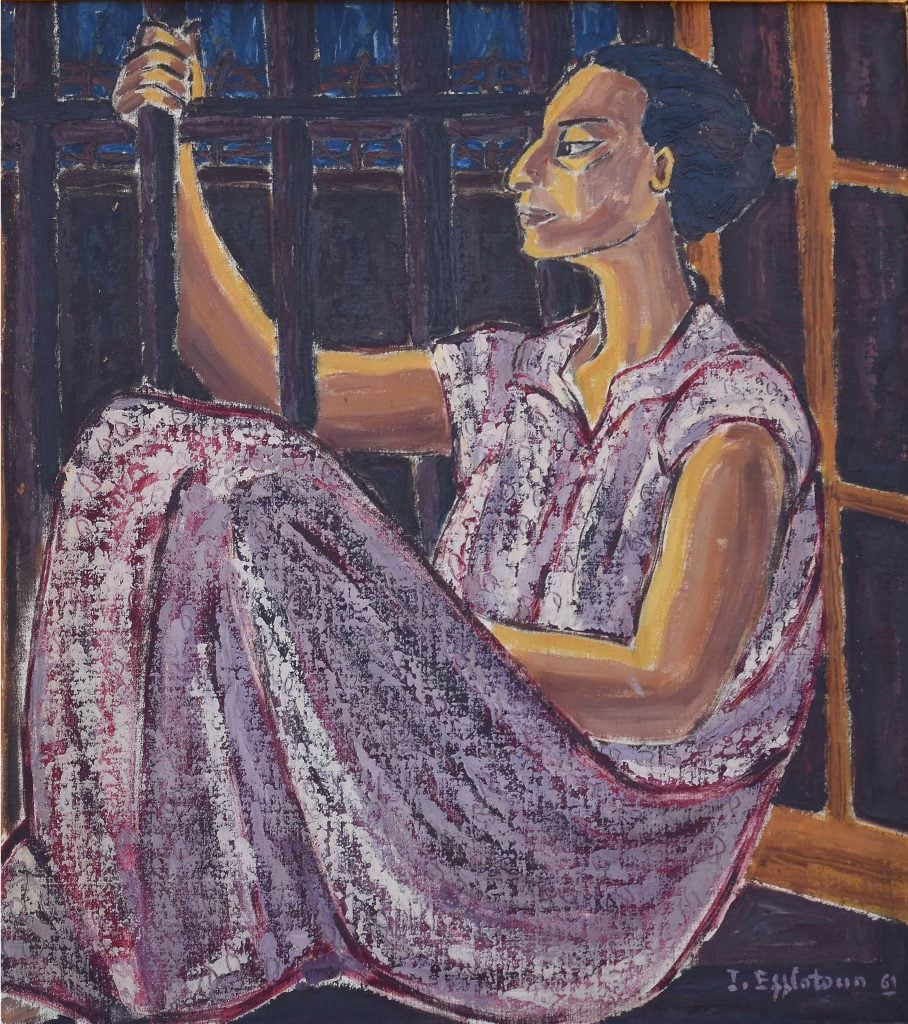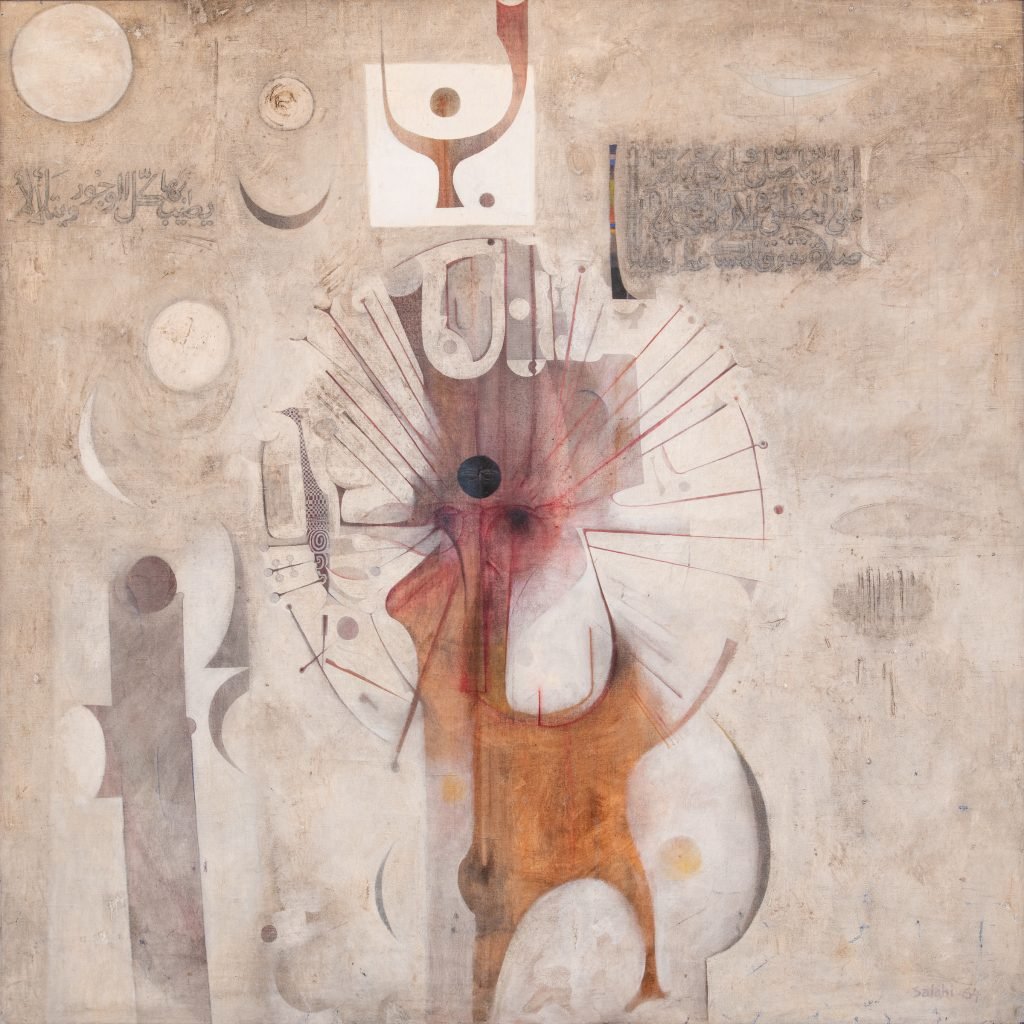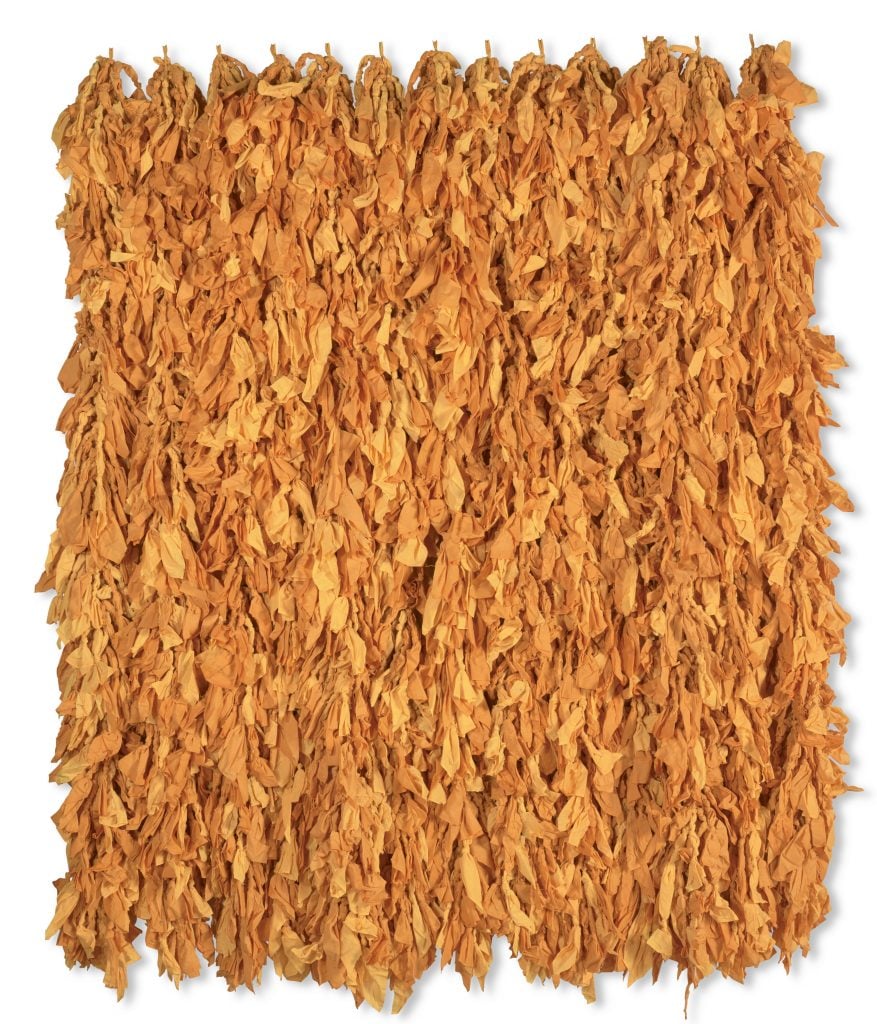Auctions
Aiming to Stoke Global Demand for Middle Eastern Art, Christie’s Is Hosting a Major Exhibition of Contemporary Arab Art in London
The house is eyeing up the return of its London evening sale in this category.

The house is eyeing up the return of its London evening sale in this category.

Vivienne Chow

Christie’s is stepping up its efforts to cultivate the global market for modern and contemporary Middle Eastern art with a major exhibition of art from the Arab world taking over its London headquarters this summer, ahead of the return of the category’s evening sale in the U.K. capital this fall.
On the heels of successful sales of works by artists from the Arab region in recent auctions in London and New York, the exhibition “Modern and Contemporary Art of the Arab World”—billed as one of the largest of its kind in London—brings together more than 150 works spanning from 1939 to 2023 across different mediums. It aims to not only broaden the audience base, but also to rectify some preconceptions and misunderstandings of the Arab art world by showcasing its diversity and history.
“There are often preconceptions about art from the Arab world that have been shaped by a number of factors. These include somewhat limited exposure to the works on an international platform, along with misconceptions as to the nature of the works themselves,” Ridha Moumni, Christie’s deputy chairman for the Middle East and North Africa, told Artnet News. Moumni, a historian of art and archaeology, curated the exhibition; he conducted research at Harvard University’s Center for Middle Eastern Studies before joining Christie’s in 2021.

Inji Efflatoun, Dreams of the Detainee (1961), featured in “Kawkaba: Highlights from the Barjeel Art Foundation.” © Image courtesy of Barjeel Art Foundation.
Moumni cited factors including a focus on Eurocentric narratives in the art market, and a perception of underrepresentation of artists and works of art from the Arab world outside of the Middle East and wider Arab diaspora, despite the fact that notable works are already on display in major institutions and galleries in the west.
“This may have perpetuated the notion that Arab art is limited to specific themes and reflective of social stereotypes, especially around female artistic freedom,” he explained.
But by staging the exhibition in London, in partnership with the UAE Ministry of Culture and Youth and the Barjeel Art Foundation, Christie’s hopes to grab the attention of a global audience in the U.K. capital throughout the summer. The show is open to the public at the house’s King Street headquarters, free of charge, through August 23.
The show also addresses a few of these misconceptions. The exhibition is divided into two sections. “Kawkaba: Highlights from the Barjeel Art Foundation” is on loan from the private collection created in 2010 by Sultan Sooud Al-Qassemi. Moumni said this gender-balanced exhibition shines a spotlight on leading Arab female artists, including Etel Adnan, Huguette Caland, and Inji Efflatoun, while also showcasing artists from different geographies, backgrounds, and religions, as well as works reflecting the turbulent times some of the artists lived through.

Ibrahim El-Salahi, The Last Sound (1964), featured in “Kawkaba: Highlights from the Barjeel Art Foundation.” © Image courtesy of Barjeel Art Foundation.
The second part is a selling and loan exhibition focused on the Emirati artist Hassan Sharif, who introduced conceptual art to the region. While many have thought that Arab artists were inspired by the west—and indeed, many Arab artists were exposed to western art—”they reflected the reality of their own region in their work,” Moumni noted. “They also created modern artworks inspired by local, pre-Islamic, Islamic, and Ottoman heritage using innovative techniques.”
In terms of market, modern and contemporary Middle Eastern art is already an established collecting category, and Christie’s brought this category to London, hosting its first standalone evening sale in 2017, after 11 years of sales in Dubai. The audience for this category has been quietly expanding. “We’ve seen new institutions, existing and new collectors buying in our dedicated Middle Eastern art sales,” Moumni said, adding that the category has also been drawing attention from enthusiasts outside the region.
Evening sales of this category in London started off with a bang in 2017, but the sale total gradually declined during the pandemic, with only online sales held in 2020 and 2021. Last November, the live evening sale resumed with an online component. With a total of 26 lots on offer (with three withdrawn and five unsold), the live evening sale achieved a total of £2.2 million ($2.8 million)—a solid result compared with the previous online sales, considering the modest scale.

Hassan Sharif, Cloth 2 (2013). Courtesy of Christie’s.
Despite the market correction experienced during the first half of 2023, hopes for Middle Eastern art remain high. At Christie’s 20th/21st-century evening sale in London in June, the 1979-born Ahmed Mater achieved an auction record in his evening sale debut with the house. The photographic print Magnetism (Triptych) (2021), sold for $238,787 with fees, more than three times the fee-free low estimate. In the auction house’s New York sales in May, Etel Adnan’s California (2003) fetched $352,800 including fees, more than five times the low estimate (which did not include fees). It too was the artist’s first 20/21 evening sale with the house, and the painting achieved the third-highest price for the late artist’s work at auction. Another Adnan painting sold at Christie’s London June evening sale for a price well above the presale estimates.
The date and number of lots on offer in Christie’s November sale are yet to be confirmed, but “we are anticipating one of our strongest modern and contemporary Middle Eastern art evening sales, with a number of high-quality works already consigned,” said Moumni.